« Return to all search results
Title Search Results
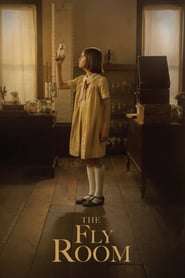
When a wide-eyed 10-year-old girl visits her fathers insect laboratory, she receives an unorthodox education in genetics.
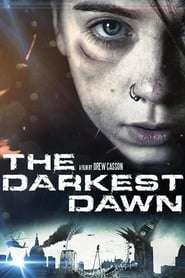
Evacuated from their home, two teenage sisters unite with fellow survivors and escape London by river to embark on an odyssey across the badlands of Britain.
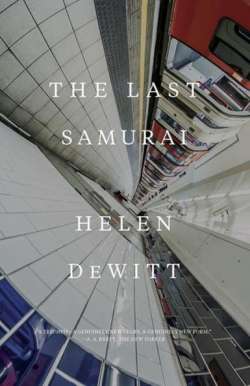
Called “remarkable” (The Wall Street Journal) and “an ambitious, colossal debut novel” (Publishers Weekly), Helen DeWitt’s The Last Samurai is back in print at last Helen DeWitt’s 2000 debut, The Last Samurai, was “destined to become a cult classic” (Miramax). The enterprising publisher sold the rights in twenty countries, so “Why not just, ‘destined to become a classic?’” (Garth Risk Hallberg) And why must cultists tell the uninitiated it has nothing to do with Tom Cruise? Sibylla, an American-at-Oxford turned loose on London, finds herself trapped as a single mother after a misguided one-night stand. High-minded principles of child-rearing work disastrously well. J. S. Mill (taught Greek at three) and Yo Yo Ma (Bach at two) claimed the methods would work with any child; when these succeed with the boy Ludo, he causes havoc at school and is home again in a month. (Is he a prodigy, a genius? Readers looking over Ludo’s shoulder find themselves easily reading Greek and more.) Lacking male role models for a fatherless boy, Sibylla turns to endless replays of Kurosawa’s masterpiece Seven Samurai. But Ludo is obsessed with the one thing he wants and doesn’t know: his father’s name. At eleven, inspired by his own take on the classic film, he sets out on a secret quest for the father he never knew. He’ll be punched, sliced, and threatened with retribution. He may not live to see twelve. Or he may find a real samurai and save a mother who thinks boredom a fate worse than death.
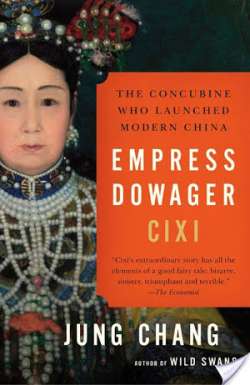
A New York Times Notable Book Empress Dowager Cixi (1835–1908) is the most important woman in Chinese history. She ruled China for decades and brought a medieval empire into the modern age. At the age of sixteen, in a nationwide selection for royal consorts, Cixi was chosen as one of the emperor’s numerous concubines. When he died in 1861, their five-year-old son succeeded to the throne. Cixi at once launched a palace coup against the regents appointed by her husband and made herself the real ruler of China—behind the throne, literally, with a silk screen separating her from her officials who were all male. In this groundbreaking biography, Jung Chang vividly describes how Cixi fought against monumental obstacles to change China. Under her the ancient country attained virtually all the attributes of a modern state: industries, railways, electricity, the telegraph and an army and navy with up-to-date weaponry. It was she who abolished gruesome punishments like “death by a thousand cuts” and put an end to foot-binding. She inaugurated women’s liberation and embarked on the path to introduce parliamentary elections to China. Chang comprehensively overturns the conventional view of Cixi as a diehard conservative and cruel despot. Cixi reigned during extraordinary times and had to deal with a host of major national crises: the Taiping and Boxer rebellions, wars with France and Japan—and an invasion by eight allied powers including Britain, Germany, Russia and the United States. Jung Chang not only records the Empress Dowager’s conduct of domestic and foreign affairs, but also takes the reader into the depths of her splendid Summer Palace and the harem of Beijing’s Forbidden City, where she lived surrounded by eunuchs—one of whom she fell in love, with tragic consequences. The world Chang describes here, in fascinating detail, seems almost unbelievable in its extraordinary mixture of the very old and the very new. Based on newly available, mostly Chinese, historical documents such as court records, official and private correspondence, diaries and eyewitness accounts, this biography will revolutionize historical thinking about a crucial period in China’s—and the world’s—history. Packed with drama, fast paced and gripping, it is both a panoramic depiction of the birth of modern China and an intimate portrait of a woman: as the concubine to a monarch, as the absolute ruler of a third of the world’s population, and as a unique stateswoman. From the Hardcover edition.
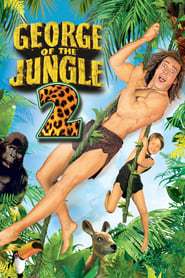
George and Ursula now have a son, George Junior, so Ursula's mother arrives to try and take them back to "civilization".

Jack Ridge is a former piano prodigy living on a farm he has let go to seed. He's living in the past, but the future is coming for him.
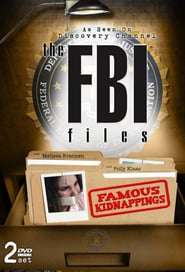
Witness the crime busting techniques and forensic science used by the FBI to break the most baffling cases. From crime scene analysis to the most up-to-date laboratories, FBI agents relentlessly comb through mountains of evidence to narrow their search, ultimately prevailing over the perpetrators and bringing them to justice.
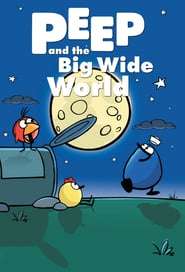
Peep and the Big Wide World is an animated cartoon that teaches nature and basic science concepts to preschoolers. The main characters include a yellow baby chick named Peep and his friends Quack, a teenaged blue drake, and Chirp, a baby red robin with pink eyelids. The current show, narrated by Joan Cusack is based on a National Film Board of Canada cartoon short of the same name, created in 1988 by Kaj Pindal and narrated by Peter Ustinov, and another short, "The Peep Show", from 1962. The original short comprised three 10-minute films featuring Peep, Quack, and Chirp as they meet a cat, a ladybug, a turtle and a frog who speaks from both sides of his mouth. The show is produced by WGBH in Boston and 9 Story Entertainment in Toronto, Canada. In the US, this show formerly aired on Discovery Kids as part of its commercial-free and sponsor-free "Ready, Set, Learn!" programming block. It now airs nationally in the United States on public television, distributed by American Public Television. In Canada, it airs on TVOntario. DVDs and books are also available for purchase. Peep and the Big Wide World is currently sponsored by the National Science Foundation in conjunction with WGBH-TV as part of an education and outreach program. The principal investigator is Kate Taylor, also of the ZOOM block. The National Science Foundation is the only permanent sponsor of the show. Northrop Grumman, The Carnegie Corporation of New York, the Corporation for Public Broadcasting and Toyota funded the show for only season two. The Discovery Kids Foundation funded the show for only season one. In 1999, the show was produced by Clumsy PriStar Television. The VHS copies are produced from Clumsy Pristar's home viewings.
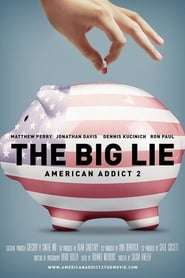
American Addict 2 delves deeper into the world of corruption, politics and pharmaceutical greed.
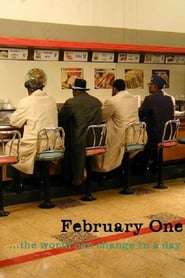
On February 1, 1960, four college students changed American history. Ezell Blair, Jr., David Richmond, Franklin McCain and Joseph McNeil began a sit-in at a white only lunch counter in Greensboro. This act of bravery is noted as one of the vital moments in the American Civil Rights Movement. Offering a portrait of how four young men whose courage at led other non-violent protests through the '60s.
